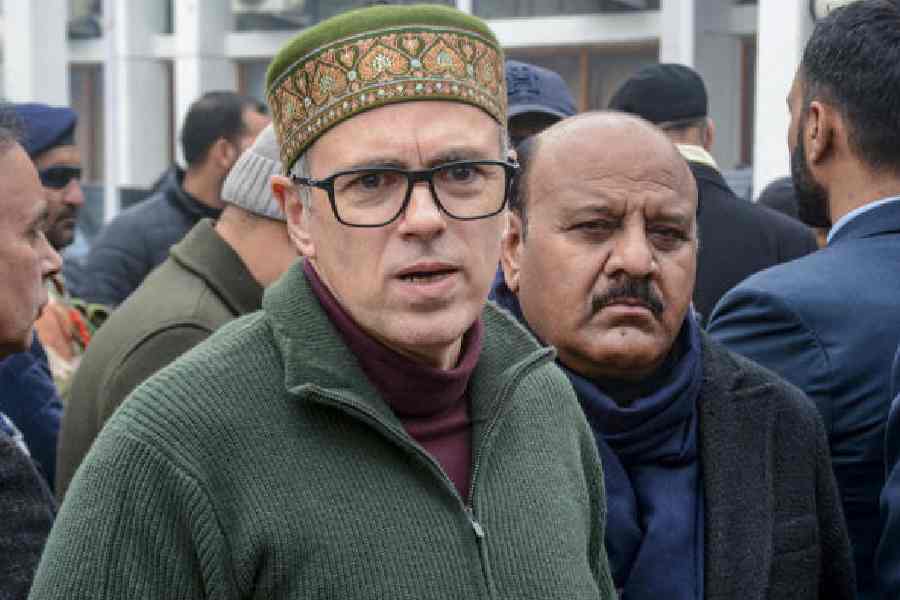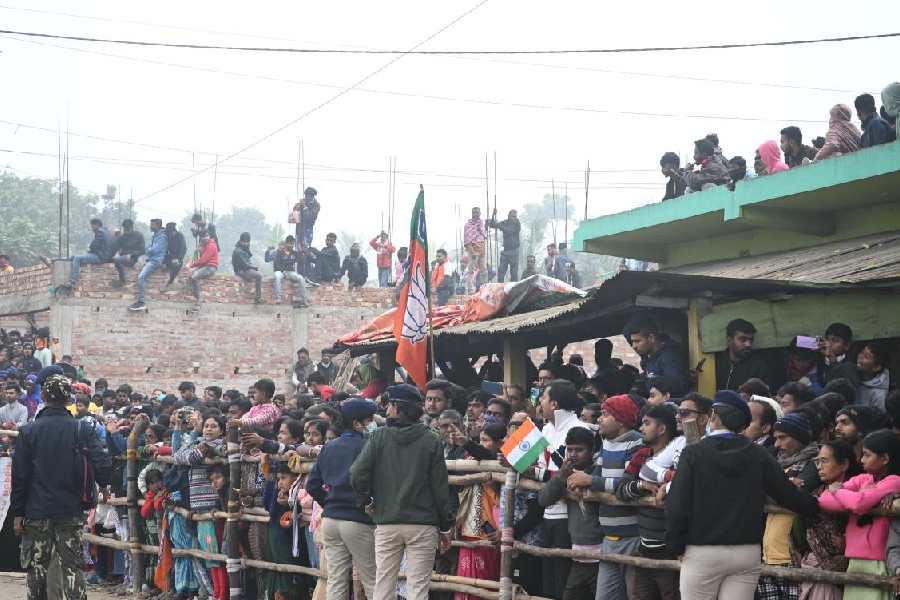In the face of a supply crunch of rare earth materials led by China’s export restrictions, the Indian government has decided to incentivise domestic production to build a local supply chain.
India has the world’s third largest reserves of rare earths of 6.9 million tonnes according to the US Geological Survey but mines only a fraction of it due to lack of interest from private players.
China has halted exports of rare earths since April 4 as well as very powerful magnets made from three of them, creating a severe shortage of the items across the globe, especially in the auto and electronic sectors.

In India, leading auto makers and two-wheeler companies such as Bajaj Auto, TVS Motors and Tata Motors have sounded an alarm over the supply constraints which may upend production unless China lifts the ban. On Thursday, Japanese auto maker Suzuki is understood to have halted production of Swift cars in Japan due to China’s curb.
Chinese stronghold
There are 17 types of metals known as rare earths, which are found near the bottom of the periodic table. Most of them are not very rare as they are found all over the world, though seldom in large enough ore deposits to be mined efficiently.
They are called rare because it is very difficult to separate them from one another. Breaking the chemical bonds that bind them in nature can require more than 100 stages of processing and large quantities of powerful acids.
China mines 70 per cent of the world’s rare earths. Myanmar, Australia and the US mine most of the rest. But China does the chemical processing for 90 per cent of the world’s rare earths because it refines all of its own ore and practically all of Myanmar’s and nearly half of US production.
China’s dominance is greatest for seven rare earths that it has mostly stopped exporting since early April: dysprosium, gadolinium, lutetium, samarium, scandium, terbium and yttrium.
These are mined almost exclusively in China and Myanmar and are among
the hardest to separate chemically. For metals like dysprosium and terbium, so-called heavy rare earths that are used for heat-resistant magnets, China’s refineries produce up to 99.9 per cent of the world’s supply.
Motown worries
The main consumer of these seven metals is the car industry, which uses a lot of heat-resistant rare earth magnets. But these elements are also needed by manufacturers of semiconductors, medical imaging chemicals, robots, offshore wind turbines and a wide range of military hardware.
The Chinese government has said repeatedly that it suspended exports of the seven rare earths, and magnets made from them, because they are “dual-use items” with
military and civilian applications.
Building a supply chain in India could take years but the Modi government is keen to set the ball rolling by promoting manufacturing capabilities with fiscal incentives.
The scheme, being drafted by the ministry of heavy industries, also envisions partly funding the difference between the final price of the made-in-India magnet and the cost of the Chinese imports, Reuters reported.
Union commerce and industry minister Piyush Goyal in Italy said on Thursday that India is giving encouragement to start-ups to do R&D for innovations and to find alternatives and smarter solutions.
The domestic industry, in the short term, would, however, have to depend on China and a delegation of auto makers is likely to visit Beijing to push for faster approvals.










